Listen, correct contradictions, and save our farmers
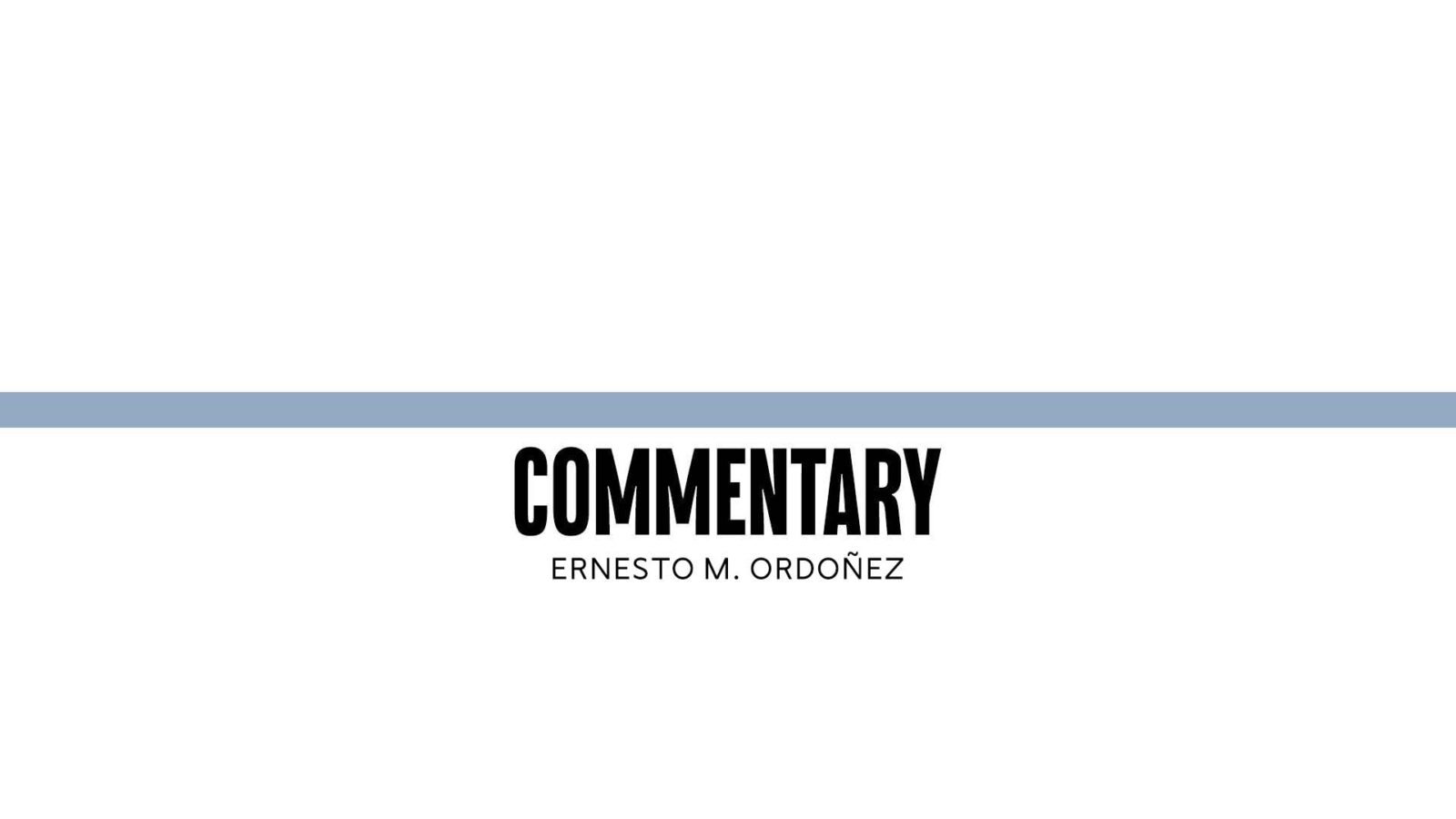
In the critical sector of rice, our government must immediately listen, correct its possible contradictions and save our rice farmers. They suffer today as never before.
We hope that President Ferdinand Marcos Jr. (PBBM), whose strong agriculture advocacy we appreciate, listens more to farmers than to certain government officials. These officials believe lowering tariffs automatically results in significantly decreasing retail prices. Our experience shows that this does not follow. Agriculture Secretary Francisco Tiu Laurel Jr. has always sided with farmers on this belief.
Contradiction
Last Oct. 25, PBBM issued Execeutive Order (EO) No. 100. It sets a floor price for palay to protect farmers from low prices. The Department of Agriculture stated that this should average P18 a kilo.
On Nov. 9, EO 105 was published. It stated that the 15 percent rice tariff will stay until Dec. 31. After that, the tariff will be “increased by 5 percentage points per 5 percent decrease in international prices; or decreased by 5 percentage points per 5 percent increase in international prices. However, the MFN rates of duty on rice shall in no case be below 15 percent or above 35 percent.”
If the starting point of the adjustment is the 15 percent existing tariff on Dec. 31, this will clearly contradict EO 100. It would then be impossible to achieve EO 100’s palay floor price objective of P18 a kilo. Consider the table shown here.
As of Nov. 12, the upper landed cost of the most common imported rice of Vietnam 504 is $350 a ton. The upper CIF cost is $20. At the current exchange rate of $1:P58.86, the resulting price will be P21.83 per kilo.
The margin between the landed cost and the market retail price is P11 (that is, P2 importer, P2 wholesaler, P2 trader and P5 retailer). The retail price is double the farmgate palay dry price. The wet palay price is P4 less than the dry palay price
Given the table shown here, our government must use 35 percent as the starting tariff on Jan. 1 and not anything lower. Even at the 35 percent rate, the wet palay price does not meet the EO 100 objective of P18 a kilo wet palay price. It takes a 50 percent tariff to achieve this. In the meantime, the 35 percent tariff should be used until further studies show that a higher tariff should be implemented.
Will the rice farmers make too much money at the P18 price? At the national average of four tons a hectare, the farmers will get a profit of only P4 a kilo over four months (P18 to P14). He will therefore get P133 a day, significantly below the P435 farmworker’s minimum wage.
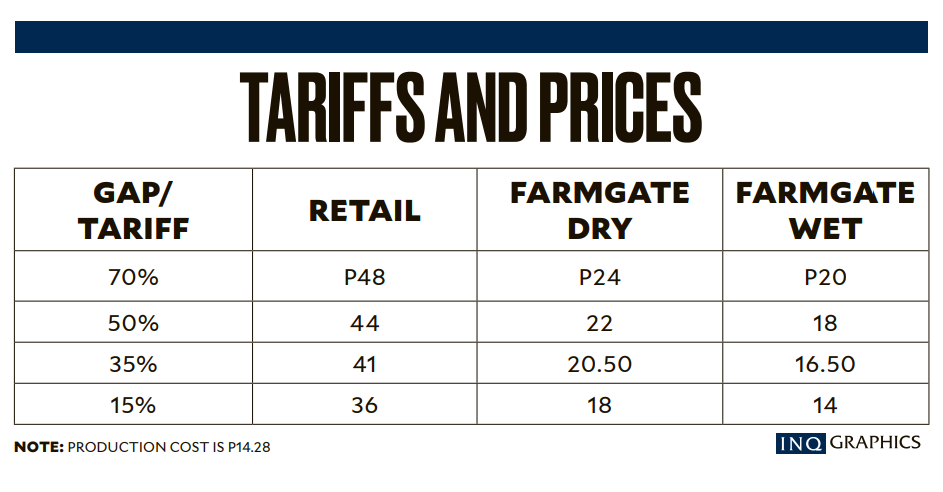
Additional considerations
EO 105’s flexible rate looks good, but should be used only after very large intervals to avoid speculation. Traders may give farmers confusing or wrong information to the farmers. The Bureau of Customs may give different dates, charging too high taxes and pocketing the difference. Our flexible rate system should benchmark against other countries, if the dangers are to be avoided.
Regarding the 35 percent rate, from its start in 2019, 35 percent was already too low. At that time, the Alyansa Agrikultura (AA) and the Federation of Free Farmers each filed a separate petition for safeguards that would increase the 35 percent tariff. The two organization heads were qualified. Both had management degrees at the summa cum laude level: one from Ateneo de Manila University, the other from Yale University. However, their separate petitions got no answer at all. As a result, though retail prices decreased by 2 percent from their normal price, farmers lost 23 percent of their incomes.
In recent months, two official requests for a Tariff Commission rice hearing for the review of the July 2024 decision on the 15 percent rice tariff were denied. This was in spite of the world market rice price being $580 a ton then, as compared with only $350 now.
These were submitted by an AA leader who previously had been the technical working group chair of the Cabinet Committee on Tariff and Related Matters and had won a safeguard case when he joined the private sector. What is so difficult about hearing the views of suffering farmers?
It is time for our government to listen, correct possible contradictions and save our rice farmers.
The author is Agriwatch chair, former secretary of presidential flagship programs and projects and former undersecretary of the Department of Agriculture and the Department of Trade and Industry. Contact is agriwatch_phil@yahoo.com
The author is Agriwatch chair, former secretary of presidential flagship programs and projects, and former undersecretary of the Department of Agriculture and the Department of Trade and Industry. Contact is agriwatch_phil@yahoo.com.


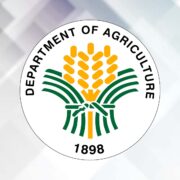

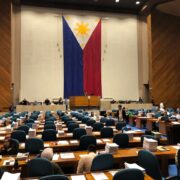







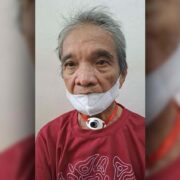



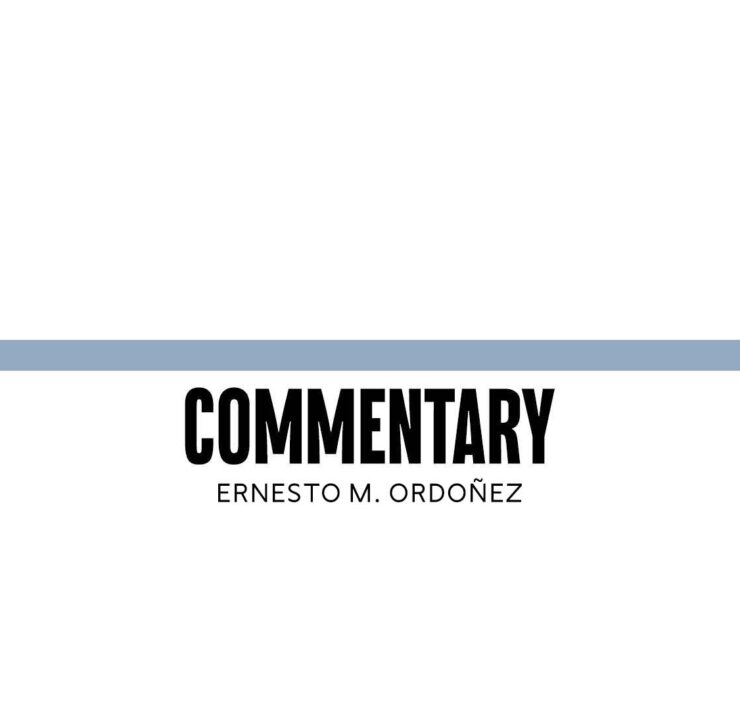
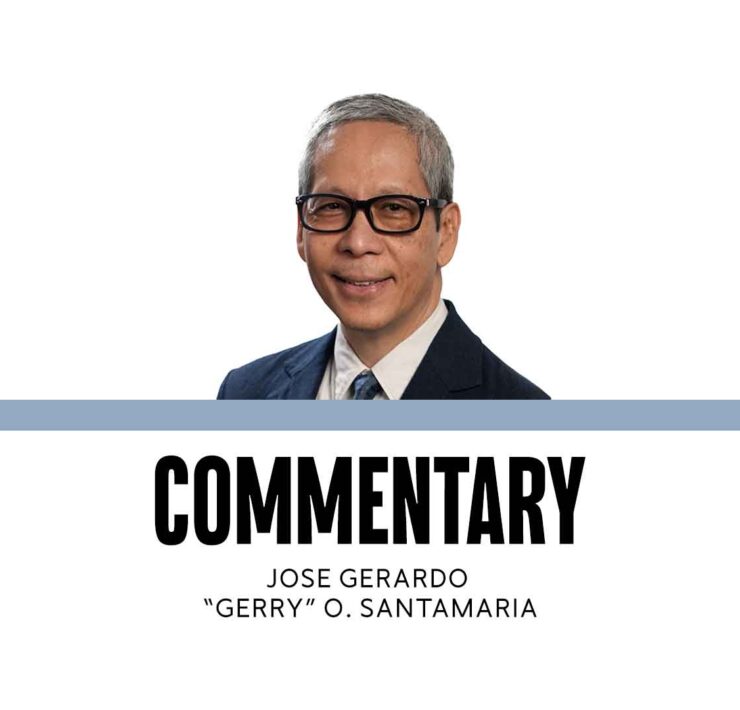


Uncovering the Marcos siblings’ conflict: A case study